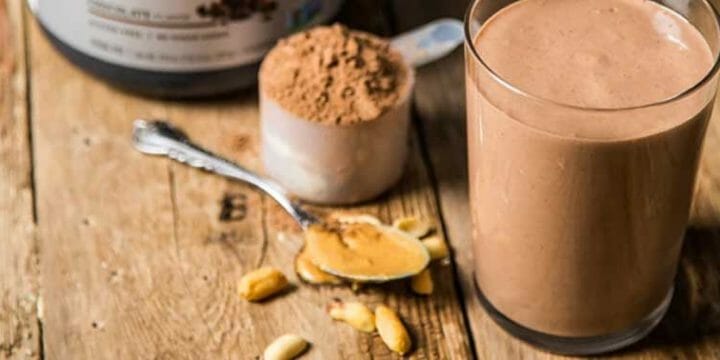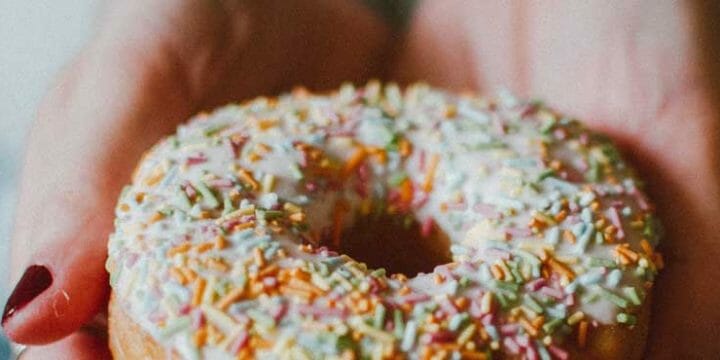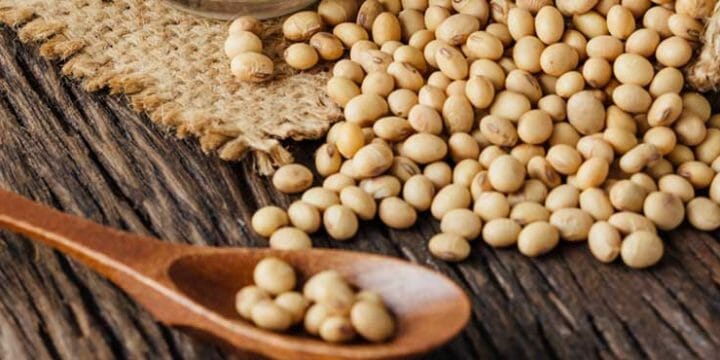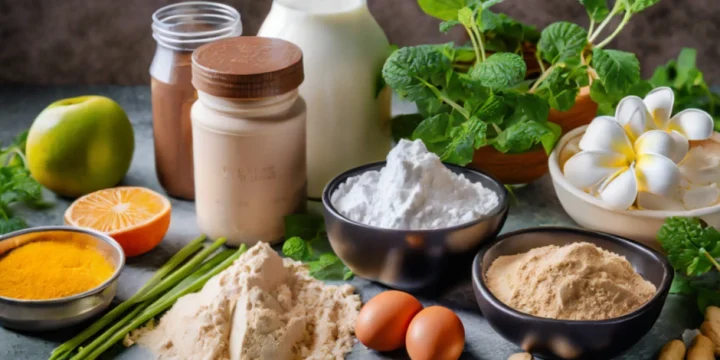Whether you're using protein powder to bulk up, lose weight, or to supplement as a healthy drink for breakfast, you know it can get pretty expensive quite quickly.
Making your own protein powder is surprisingly easy and gives you control of exactly what goes into it.
DIY protein powder is becoming more popular as more and more people realize how much money you can save compared to buying one from the store.
Quick Summary
- To make protein powder at home, mix a protein base and the spice in a blender and blend. Mix it with a liquid, and enjoy.
- Making your own protein powder at home is an easy and cost-effective way to control the ingredients and nutritional value of your protein supplement.
- According to a National Institutes of Health (NIH) study, animal sources like meat (18%), seafood (6%), poultry, eggs (9%), and dairy (10%) offer complete proteins with all essential amino acids for daily intake.
- In my opinion, I find the idea of creating a customized protein powder at home both intriguing and beneficial, especially for those with specific dietary needs or preferences.
Step 1. Pick the Perfect Protein Base for You
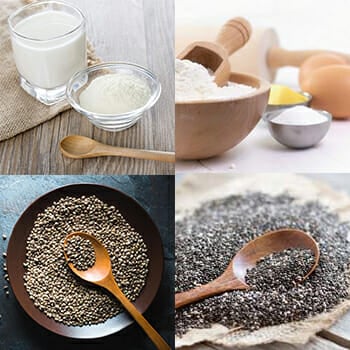
A perfect protein base is one that contains all nine essential amino acids in quantities sufficient to sustain the body's needs.
According to a study published in the National Institutes of Health (NIH), animal sources such as meat, seafood, poultry, eggs, and dairy products provide complete proteins, as they contain all the essential amino acids [1].
Per a study published in the National Institutes of Health (NIH), soy and pea protein are plant-based complete protein sources. A complete protein is determined by its protein efficiency ratio (PER), which measures the effectiveness of a protein through the weight gain in grams per gram of protein consumed [2].
Any value that exceeds the standard value of 2.7, such as that of casein protein, is considered an excellent protein source.
Here's a list of good bases that make for a great starting point for any protein powder.
- Fat-free dried milk powder
- Dried egg white powder
- Hemp seeds
- Chia seeds
- Protein powder from hemp
- Sprouted brown rice powder
- Raw flax seed (ground)
1. Dairy Protein

Based on my first-hand experience, I recommend using milk powder in your protein base if you're not lactose intolerant or vegan. Dairy-based whey is high in nutrients, packed with protein, but low in calories.
You can find dried milk powder in almost any supermarket for a fraction of the price of a branded whey protein powder.
In a simple but effective milk-based protein powder recipe, registered dietitian Serana Ball combines 3 cups of milk powder with 1 cup of oats and 1 cup of almonds.
A half-cup serving of the resulting powder provides 12 grams of protein and only 180 calories.
2. Plant Protein
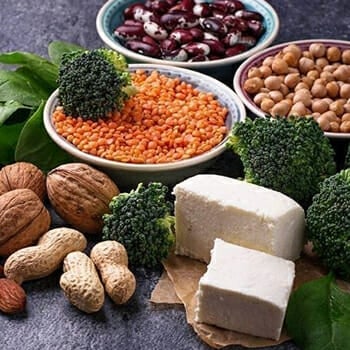
When choosing to make an entirely plant-based protein powder, you should consider your BCAA's. A lot of people prefer whey because it has all 9 essential amino acids.
To achieve the same nutritional profile with plant-based sources, you'll have to combine proteins such as rice and pea, or use a protein alternative that has all 9 as well, such as hemp.
After conducting experiments with it, I can confirm for hemp seeds as an outstanding plant-based protein base. Hemp seeds make an excellent plant-based protein base as 30g of seeds serves up 15g of pure protein with minimal carbs.
Step 2. Spice It Up A Little
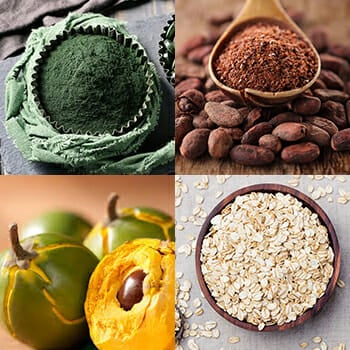
After you've chosen your base, you'll want the throw in additional ingredients that add more protein but also extra nutrition and taste.
Through my practical knowledge, I've found that besides oats, spirulina is a fantastic addition for its superfood benefits. You can also use almonds if you're looking to get more heart-healthy oils in your diet. A dash of chocolate is also great for that extra flavor.
Whatever you choose, make sure it provides something different from your other ingredients so that they can work together to become something better than they are on their own.
Here are some examples of great additional sources of protein that also give a little flavor or lots of nutrition.
2. For Nutrition
- Spirulina
- Cacao
- Maca
- Oats
- Pumpkin seeds
- Almonds
- Quinoa flakes
- Coconut flour
- Sunflower seeds
2. For Flavor
- Raw vanilla bean powder
- Cocoa powder or raw cacao powder
- Maca powder
- Mesquite powder
- Lucuma
- Acai powder
- Goji
- Cinnamon
- Ginger
Step 3. Blend it All

After you've chosen your recipes, all that's left is to blend them all together until they make a fine powder.
If you're using milk powder or hemp protein powder in your recipe, use half the intended amount in the initial blend and then the other half once it's all finely mixed. Doing so will help smooth out the consistency.
Simply pick ingredients with a nutritional profile that appeal to your goal, whether weight loss or muscle gain, and then blitz them into a powder.
Remember to keep your homemade protein powder in an airtight container to keep it fresh for your next meal. Try other variation of protein like animal-based bone broth protein powder.

FAQs
Is My Blender Strong Enough To Blitz The Hard Grains Into A Protein Powder?
Most blenders can powderize grains without a problem. If you think you might have some trouble blending the ingredients you want in your protein powder, you can soak them first, then lightly toast them in a shallow frying pan beforehand. This will make them far easier to blend. You can also use a food processor.
What Can I Do With My Homemade Protein Powder?
Once your protein powder is ready, you can do whatever you'd like with it. We recommend whipping it into smoothies, do it yourself protein shakes, or turning it into raw protein balls. Pop in some fresh fruits or whatever flavoring you like, and you're good to go. Whatever you can do with regular protein powder, you can do with your own homemade version.
You can also make whey protein powder at home.
Other protein powders we recommend:
References:
- www.ncbi.nlm.nih.gov/pmc/articles/PMC5872778/
- https://www.ncbi.nlm.nih.gov/pmc/articles/PMC3905294/
About The Author
You May Also Like

